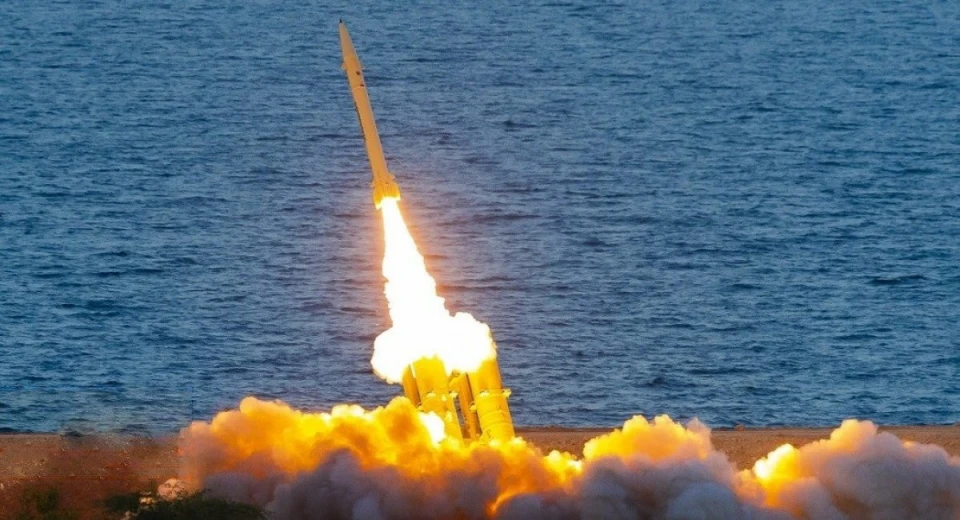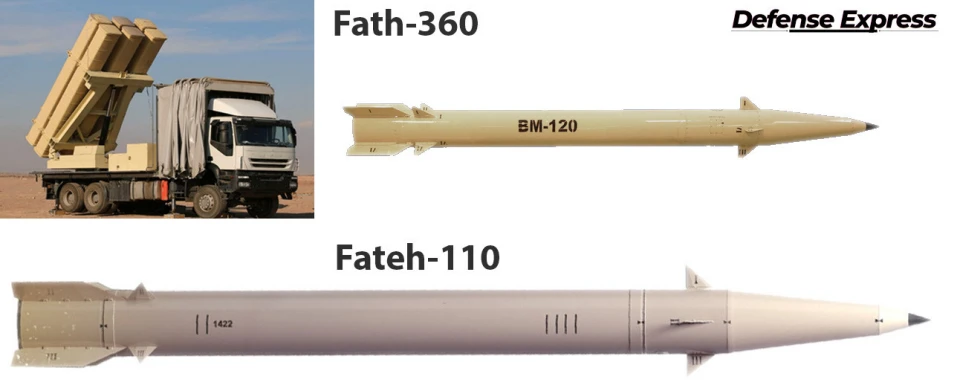
Defense Express explains threat of Iranian-made Fath-360 missiles supplied to Russia
How can Russia use such missile weapons, is there trained personnel for this and what to expect?
Over the past few days, various Western media have reported that Iran is indeed preparing to transfer a certain number of tactical ballistic missiles to Russia. And if we summarize all the details given in these publications, we can see that the outlined threat is quite real and we may face it in the next few weeks, Defense Express reports.
To begin with, the Times article stated that Russian missile specialists have been receiving training in Iran over the past few weeks. And here, as Defense Express assumes, the issue was not only to teach them how to fire the missiles they had been given, but also to overcome a certain cognitive barrier that the Russian military might have had.

Photo: Defense Express
It should be noted here that such a cognitive barrier could indeed exist: Russian propaganda has repeatedly stated that the DPRK's missile program ‘grew up’ from Soviet models; but as for Iranian weapons, the Russians were not so bold in their assertions.
If we talk directly about the missiles that Moscow could have received from Tehran, we are now talking about the fact that in early September this year, the Russian army received 200 Fath-360 operational-tactical ballistic missiles, which were most likely delivered by sea to one of the Russian ports on the Caspian Sea.
In this case, we can use the publicly available specifications for the Fath-360: launch weight - 787 kilograms, including a warhead weight of 150 kilograms; flight speed - Mach 4; guidance system - a combination of inertial navigation and satellite navigation; these missiles may also be designated BM-120.

Special attention should be paid to the fact that the Fath-360 is essentially a smaller copy of the longer-range Fateh-110, which is why these two missiles are visually similar.
Based on the characteristics of the Fath-360, we can assume that these missiles could be used by the Russian army in the battles in the eastern Ukraine, to strike at the positions of Ukrainian troops, or to strike at frontline cities such as Pokrovsk, Sumy and Kharkiv.
However, one should not exclude the possibility that the Russians and Iranians could have used certain disinformation in the process of transferring missiles. And in fact, it was not the Fath-360 that was shipped, but the more powerful Fateh-110.
- News












































